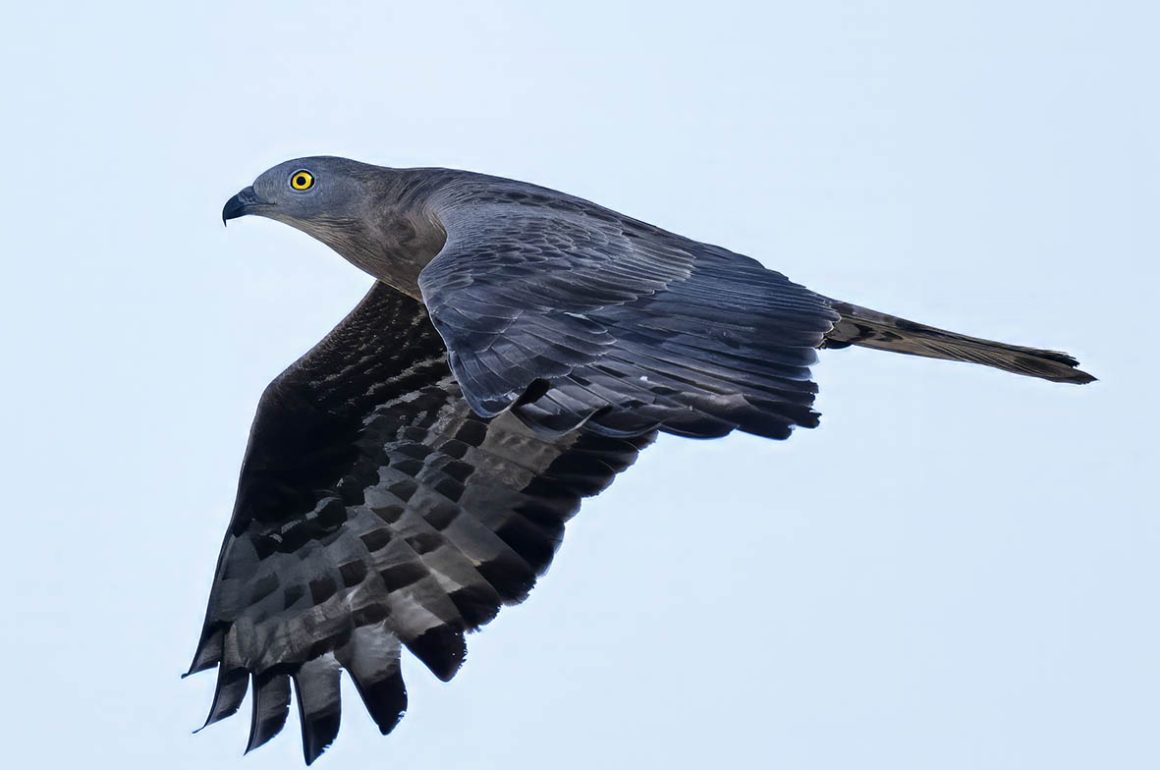
It is not that long ago that I was reporting the spring arrival of Honey Buzzards (Pernis apivorus) – my post of 27th April (https://www.10000birds.com/wp-admin/post.php?post=179391&action=edit). And now, barely four months after their arrival, they are heading back towards their African winter quarters, primarily in equatorial Africa. Adults leave 2–3 weeks earlier than juveniles and these are the birds that are crossing the Strait of Gibraltar right now. Migration routes show age-related differences, particularly in autumn. For example, Swedish adults almost exclusively reach us, while juveniles from the same population may also cross via the Sicilian Channel or Corsica.
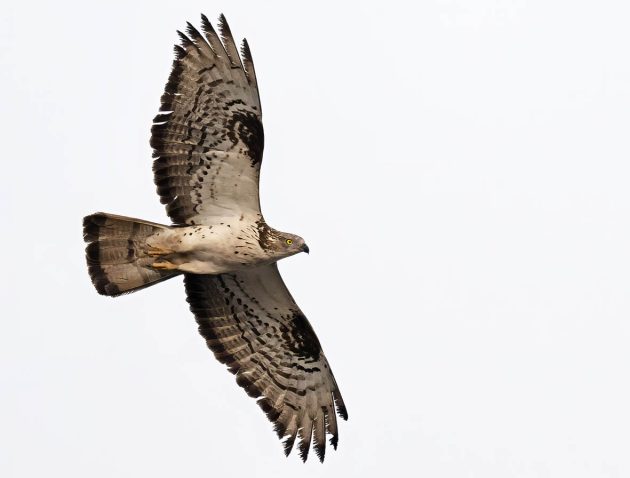
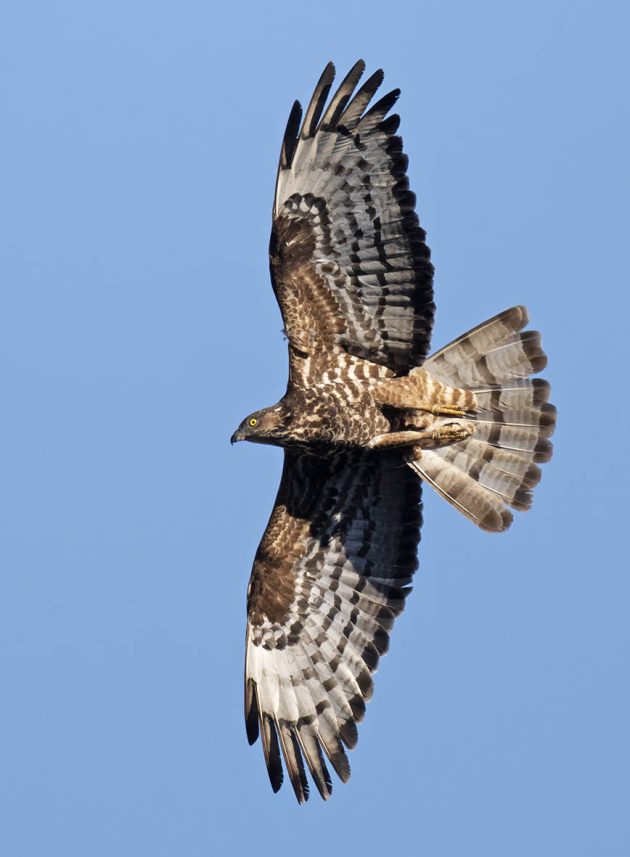
Large congregations of Honey Buzzards form at preferred crossing sites, though this species is less dependent on short sea crossings than many other migratory raptors. Very often I see Honey Buzzards flying far out over the sea, not too concerned about crossing at the narrowest point. They also cope with the wind much better than other raptors. I recall seeing thousands arriving at Tangier in strong easterly winds, when all other raptors were grounded.
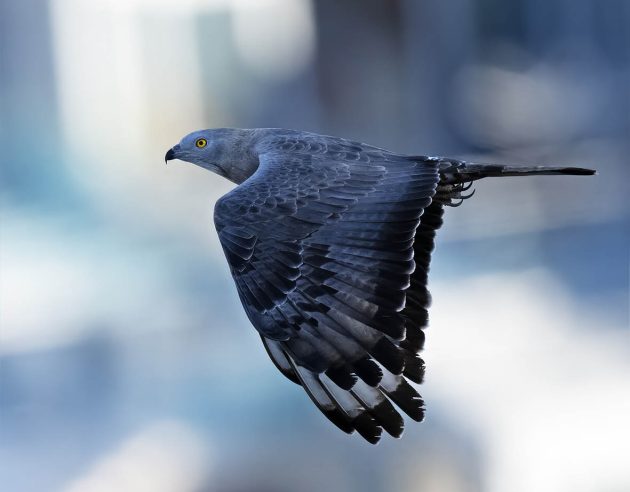
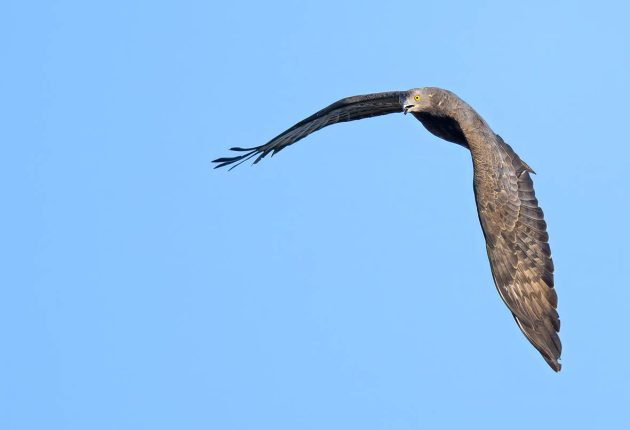
The southward migration began in mid-August, and it is now peaking. The next few days will be spectacular with tens of thousands of birds passing in a short, concentrated, burst. Very few birds pass after mid-September, though occasional stragglers are seen into October and November.
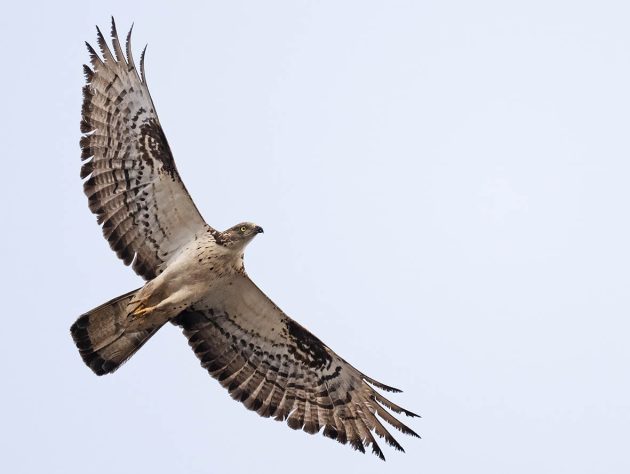
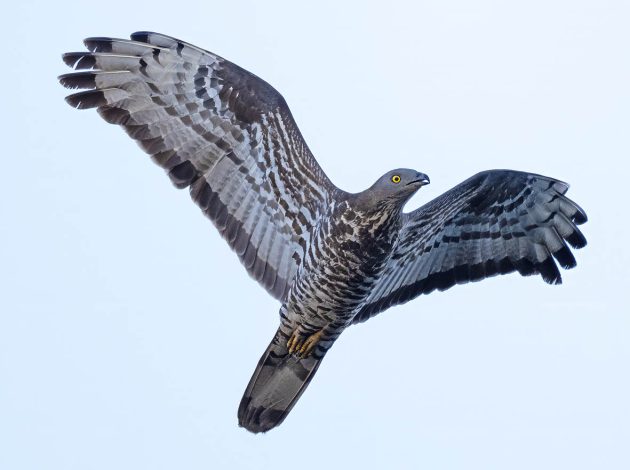
One of the defining features of the migration is the height at which Honey Buzzards fly. Very often, the middle-of-the-day passage, when it is hottest, can go undetected to inexperienced observers because the birds are simply flying so high. Glider studies show birds fly at altitudes of 836–1123 m, averaging speeds of 45.2 km/h and spending about 10 hours per day in active flight. Another feature is the early start to the migration. I recall seeing flocks flying before sunrise while I was on the ridge of the Rock of Gibraltar, at 400 metres. These birds were high above me, only seen well with binoculars!
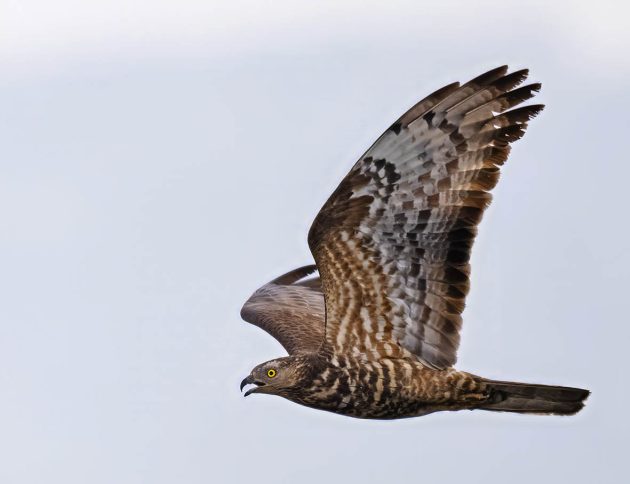
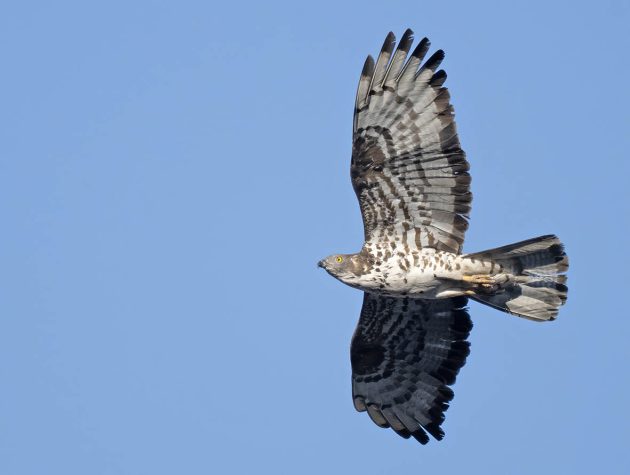
GPS tracking of 13 birds nesting in central Netherlands has revealed migration to tropical West Africa via the Strait of Gibraltar. The autumn journey averaged 25 days, covering 193 km/day, while spring migration was faster at 238 km/day. Travel speed increased with thermal availability but was hindered by crosswinds and Saharan dust storms. A Finnish breeder migrating from South Africa’s Free State covered over 10,000 km in 42 days (20 April–2 June), averaging 230 km/day.
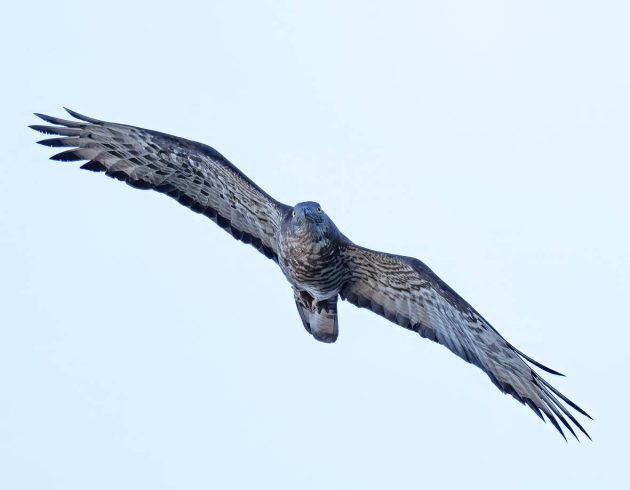
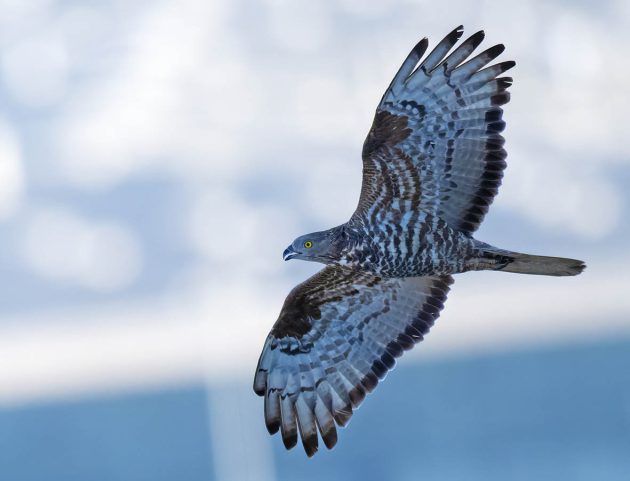
Honey Buzzards are, for me, the epitome of the soaring bird migrant. Right now it is time to enjoy the spectacle of their migration.
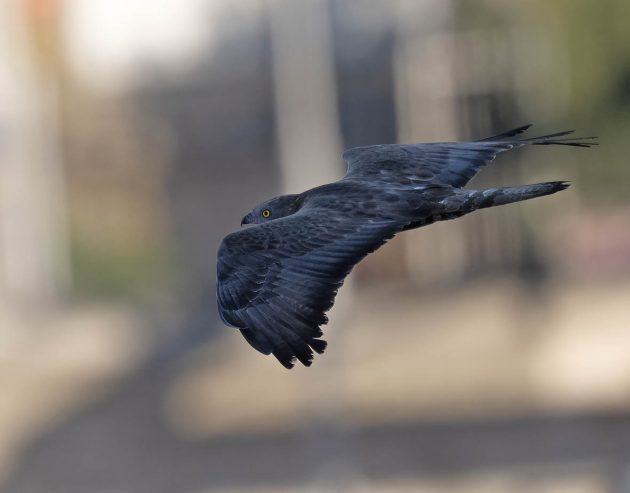







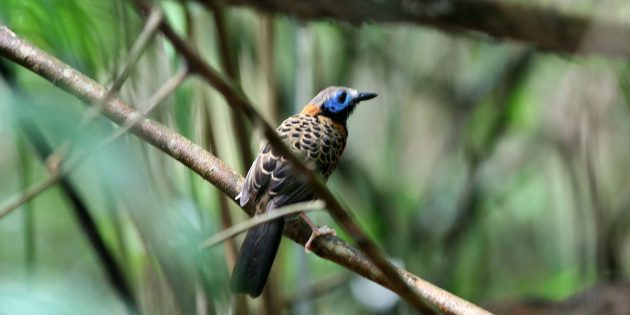





Such a weird bird – a very specialised diet and still there are thousands of them. I have yet to see them in northern Europe on their breeding grounds.